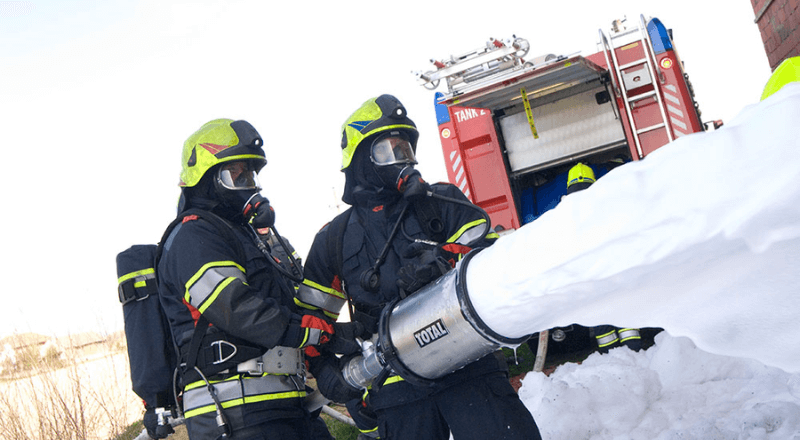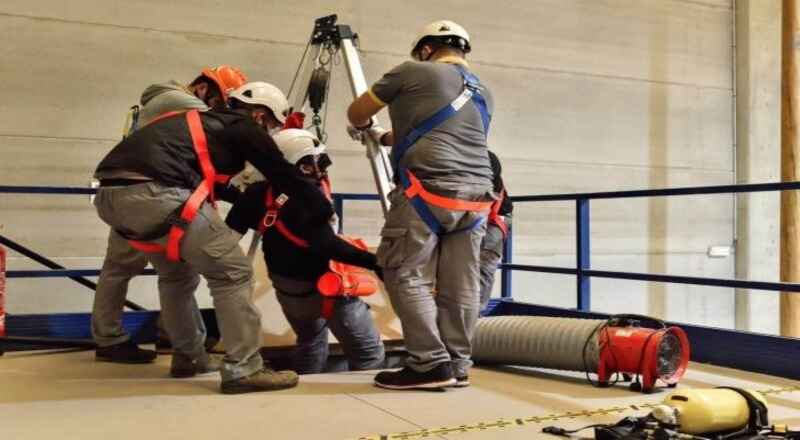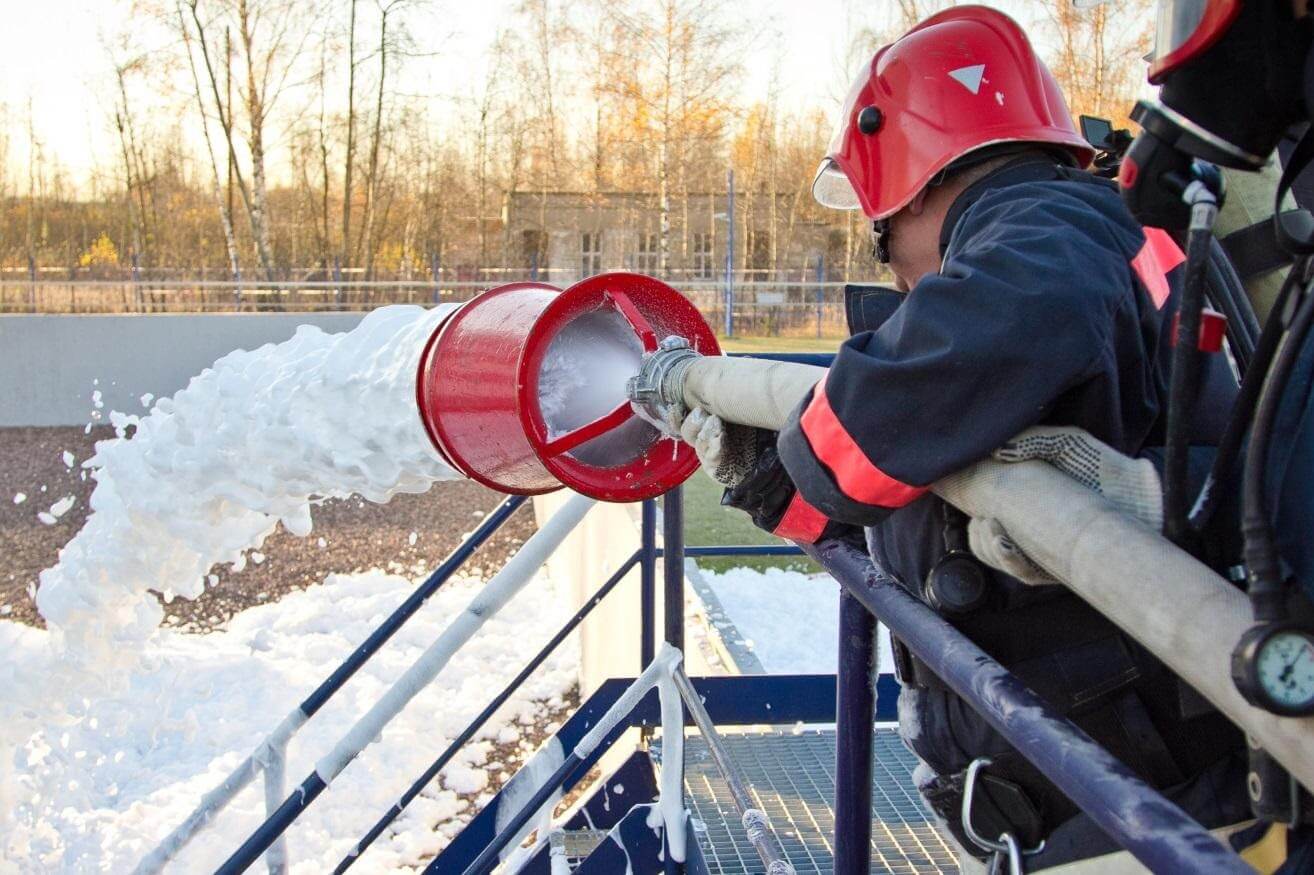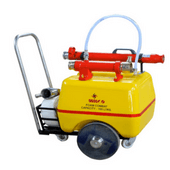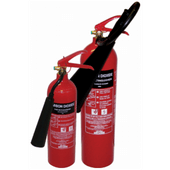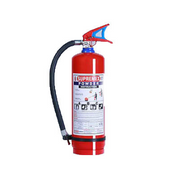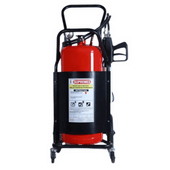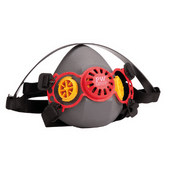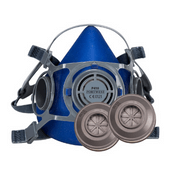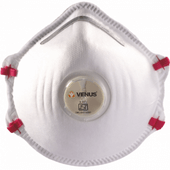
5 Simple steps for improving Safety Culture in Your Organization
An organization’s safety culture can have as big an influence on safety outcomes as the safety management system. Safety culture has been identified as a contributing factor in major accident events. There is evidence of a link between safety culture and safety performance.
Safety Culture is defined as the combination of beliefs, perceptions, and attitudes of employees toward the safety of workers and the overall safety of the work environment. This includes using proper personal equipment, following the safety laws, and just generally being conscious of safety and safe practices at all times.
Even though the safety Culture within an organization is evolved slowly over a while during the life cycle of the organization, it is possible to change or transform it to an acceptable level. Signs of poor cultural factors can include widespread or routine procedural violations, failure to comply with the company’s OHSMS, management decisions that appear consistently to put production or cost before safety, etc.
Follow these 5 simple steps if there is a need to improve the safety culture in your organization
1. Strengthen Management commitment
Management commitment produces higher levels of motivation and concern for health and safety throughout the organization. It is indicated by the proportion of resources (time, money, people) and support allocated to health and safety management and by the status given to health and safety versus production, cost, etc. Evaluate whether the resources allocated are suitable in comparison to the size and nature of your organization and make desirable changes. Communicate the organization’s mission statement or policy by displaying it at all strategic locations or through emails to every employee.
2. Improve Management Involvement and Participation
Senior management needs to lead by example when it comes to Health and Safety. Organize planned as well as surprise walkthrough of management on the shop floor. Managers need to be seen to lead by example. Train your management to talk about safety and visibly demonstrate their commitment by their actions – such as stopping production to resolve issues, compliance to PPE, etc.
3. Establish effective Employee communication
Establish effective two-way communication between all levels of employees. Make a general practice to start your day with a safety toolbox talk. Active employee participation in safety is important, to build ownership of safety at all levels and exploit the unique knowledge that employees have of their work. Nominate employees from all levels and ensure their active involvement in workshops, risk assessments, accident investigations, safety committee meetings, plant design, modification, etc.
4. Focus on Employee Training Programs
Training helps the employees to recognize safety hazards and correct them. It enables them to understand best safety practices, expectations of the management, and requirements of the safety management system followed by the organization. Perform a training need analysis to identify the training requirement in your organization and make a training plan covering employees at all levels. Evaluate the effectiveness of your training programs through assessments and surveys.
5. Implement Safety Enforcement and Monitoring
Finding and fixing problems is as important as developing a safety program. Implement effective workplace inspection programs, establish accountability, and take action on findings to demonstrate the commitment to providing a safe workplace. Evaluate your findings periodically to assess the effectiveness of your safety management system by following the Plan-Do-Check-Act (PDCA) cycle.





